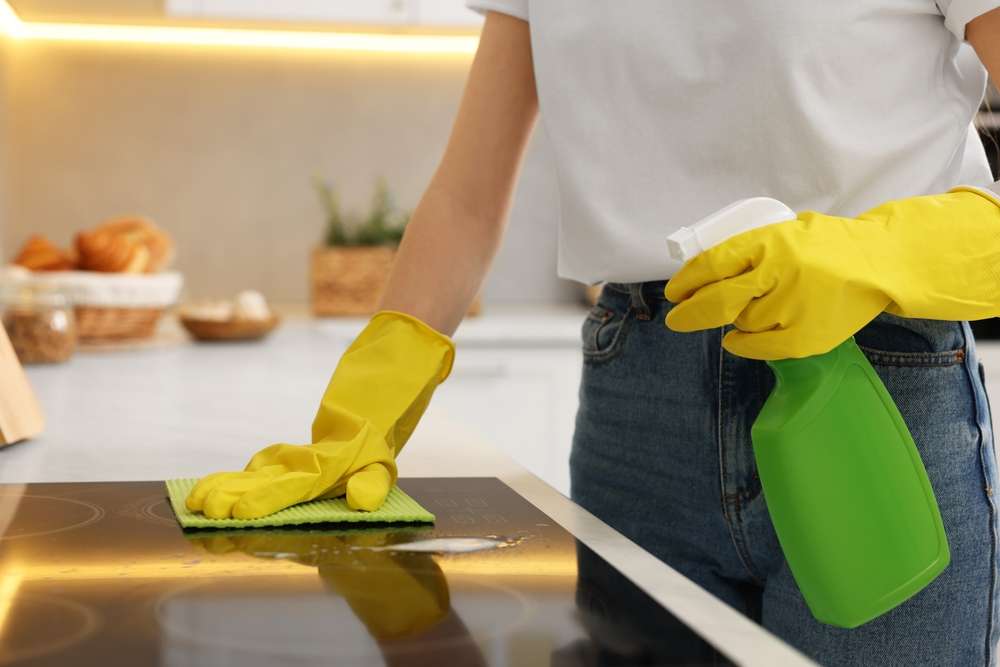Degreaser Spray Guide: Smart Kitchen Cleaning for Tough Grease
A good degreaser spray can quickly change your kitchen cleaning routine by cutting through baked-on grease, saving time and reducing elbow grease. This guide explains how degreaser sprays work, where to use them safely, and how to choose the right product for different surfaces. Read on for practical tips that make everyday cleaning more efficient and reliable.

How is a degreaser spray used in the kitchen?
In the kitchen, a degreaser spray is typically used on stovetops, range hoods, oven doors, extractor fans, and greasy cabinets. Apply the spray directly to the soiled surface or onto a cloth for delicate finishes, allow it to dwell for the recommended time, then wipe with a microfiber cloth or rinse if required. For heavy build-up, a second application or gentle scrubbing with a non-abrasive pad can help. Always test in an inconspicuous area first to be sure the finish won’t be damaged.
What role does a degreaser spray play in cleaning routines?
Degreaser spray acts as a chemical aid that breaks down oils and food residues so they can be wiped away with minimal abrasion. Including a degreaser in weekly or monthly cleaning helps prevent grease accumulation that attracts dust and bacteria. For daily maintenance, a light spray on spills and splatters reduces the need for intensive deep cleans. Because degreasers speed up removal of oily grime, they can also prolong the life of kitchen surfaces by reducing the need for aggressive scrubbing.
How does a degreaser tackle stubborn grease?
Most degreaser sprays combine surfactants and solvents to emulsify oils and lift them from surfaces. Surfactants surround grease molecules, making them easier to suspend in water, while solvents can dissolve hardened residues. Enzymatic or bio-based formulations target organic grime specifically, useful on greasy ceramic or stainless-steel parts. The key is appropriate dwell time: allowing the product a few minutes to work loosens bonds between grease and the surface so a single wipe can often remove what would otherwise take heavy scrubbing.
When and how to apply a degreaser spray safely?
Safety begins with reading the product label. Use in a well-ventilated area and avoid mixing degreasers with bleach or ammonia-based cleaners, which can produce hazardous fumes. Wear gloves if you have sensitive skin and keep sprays away from food preparation surfaces until they are fully wiped and rinsed if required. For painted or lacquered surfaces, use the spray sparingly and test first. Store degreaser spray away from heat and out of reach of children and pets.
Which degreaser spray should you choose and why?
Choose based on surface compatibility and cleaning needs. Water-based, odorless degreasers are ideal for routine kitchen cleaning and sensitive finishes; solvent-based formulas are stronger for industrial or heavily baked-on grease but may be harsher on paint and plastics. Citrus or biodegradable options offer a balance of effectiveness and lower environmental impact for domestic kitchens. Consider fragrance-free or low-VOC labels if indoor air quality is a concern. Multi-surface degreasers advertise versatility, but specialized cleaners for stainless steel, stone, or enamel often protect finishes better.
For shoppers who prefer evidence-based choice, look for clear usage instructions, safety data sheets (SDS) available from the manufacturer, and reviews that describe real-world effectiveness on similar surfaces. A small patch test remains the best way to avoid unintended damage.
Additional practical tips: use microfiber cloths to capture emulsified grease, avoid abrasive pads on polished surfaces, and clean filters and removable parts separately to maintain appliances. Regular light cleaning reduces the need for stronger chemical interventions.
Conclusion
Degreaser sprays are a practical tool for keeping kitchens free of greasy buildup when used correctly—select an appropriate formulation for your surfaces, follow safety instructions, and incorporate them into a regular cleaning schedule for best results. Proper use reduces effort, protects finishes, and helps maintain a hygienic kitchen environment.






